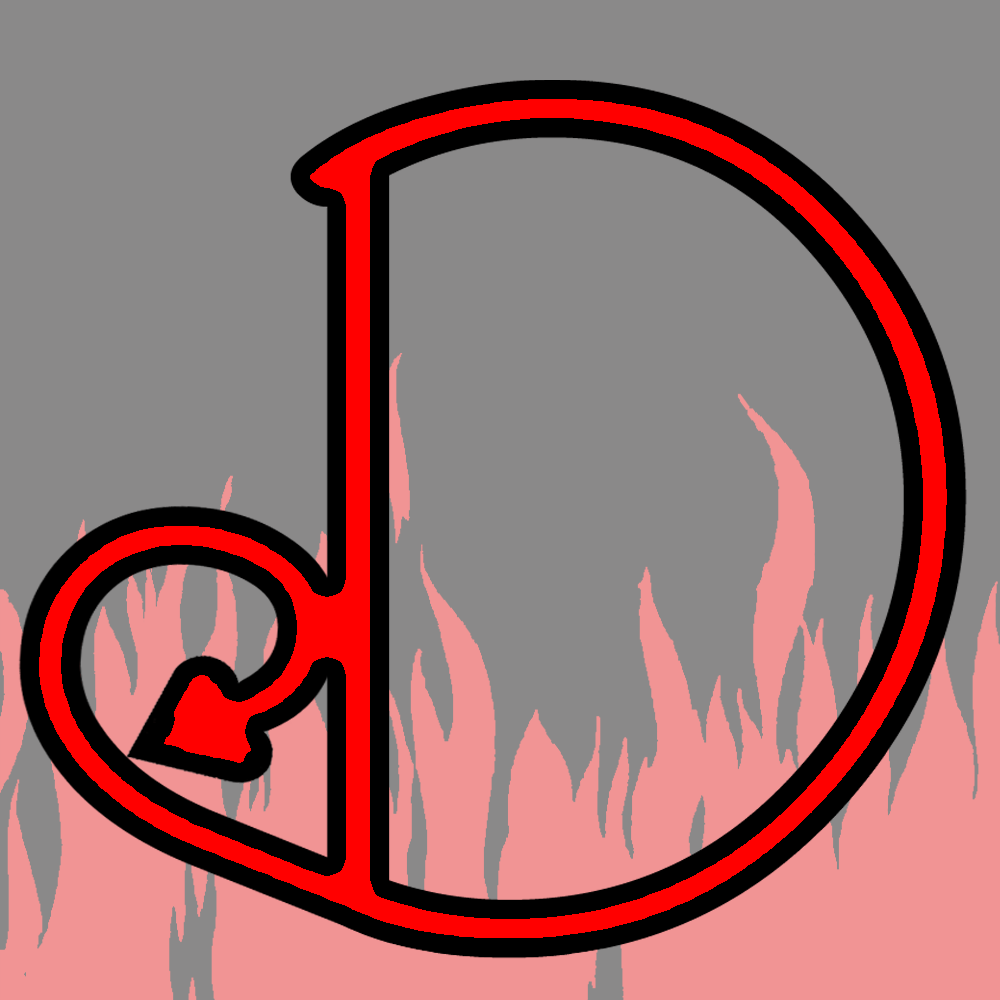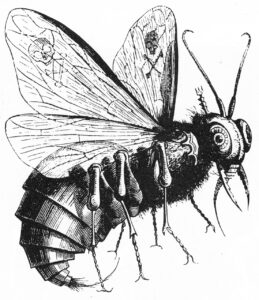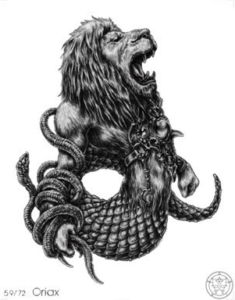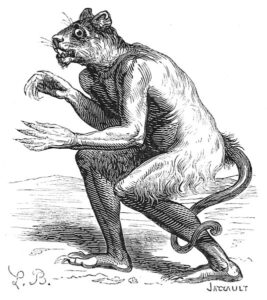Goetic Demons
From the Lesser Key of Solomon and possibly as early as ancient Greece, a who’s-who of demons developed into a standardized catalog. The number varies but it’s usually 72 (the same number as cards in the tarot and nodes in the Kabbala’s Tree of Life). There’s some minor differences in the lists…different inclusions, different names, different powers and details, but there’s enough similarity in the lists that a reasonably standard list of goetic demons exists today.
Unless you’re into ritual magic, reading through the Goetia can be a bit overwhelming. It’s a long list of “this demon is associated with this astrological sign, can be conjured either at this place or this time, and offers these abilities.” Rather than a list of colorful personalities like the Greek Gods, most of the Goetia are just magic spells wrapped in some basic descriptive text that could have been procedurally generated by an app. There are a few exceptions! But in general while the Goetia contains some of the better-known demons, someone was struggling to make it to 72. I mean, there’s like four guys with lion heads. Why not a giraffe?
One concept to look for: ghosts. Because of scribal error, intentional duplication, or legends that separated or grew together, there’s some duplication within the Goetia and in less name-brand demons (Stratton-Kent, Pandemonium.)
Most of the weird and colorful depictions of the Goetic demons come from the 19th century Dictionniare Infernal and are more informed by the whimsy of its artist, Le Breton, than 16th century source material.
This is not going to be a comprehensive resource on these spirits because the editor gets bored easily, but we’ll work our way there slowly.
So far as hierarchies go, the standard Goetia 72 begins with the Cardinal demons of the four directions, and works its way down through various titles of nobility. There’s a few notables that sit at the top that don’t always make the list, possibly because they’re too powerful to deal with in a magicianly way. Particularly with these high-ranking demons and their assistants, the lists don’t always agree. Some demons have multiple titles (“Marquis and Earl” seems like a common combination.” The title of “President” is worth a mention, as the Goetia predate the idea of “President as elected head of state,” it’s more like “one who presides,” maybe a chairman or a chancellor sort of role.
Second-In-Commands and Assistants
Note: Sirachi, Stephanate/Stephanuta, Tarchimache, and Hymeteh should also make this list but there is too little information to reference here. Many demons just occur in one grimoire without any outside references…that seems to be the case with these second-in-command types.
Cardinal Kings
Kings

Decarabia

Vine / Royne
Princes

Orobas

Vasago (stub)
Dukes

Abigor (stub)

Allocer (stub)

Amduscias (stub)

Argares (stub)

Aym (stub)

Bathym (stub)

Berith (stub)

Focalor (stub)

Gusoyn (stub)

Murmur (stub)

Procell (stub)

Valefar (stub)

Vapula (stub)

Vepar (stub)

Vuall (stub)

Zepar (stub)
Marquis

Amon (stub)

Andras (stub)

Andrealphus (stub)

Cimeries (stub)

Decarabia

Forneus (stub)

Gamigin (stub)

Oray (stub)

Ronove (stub)

Sabnacke (stub)

Shax (stub)
Earls

Barbatos (stub)

Botis (stub)

Halphas (stub)

Morax (stub)

Murmur (stub)

Ronove (stub)

Saleos (stub)

Vine / Royne
Presidents

Amduscias (stub)

Amy (stub)

Andras (stub)

Bathym (stub)

Botis (stub)

Foras (stub)

Glasyalabolas (stub)

Haagenti (stub)

Malphas (stub)

Morax (stub)

Ose (stub)

Valac (stub)

Zepar (stub)
And Etc.?
































